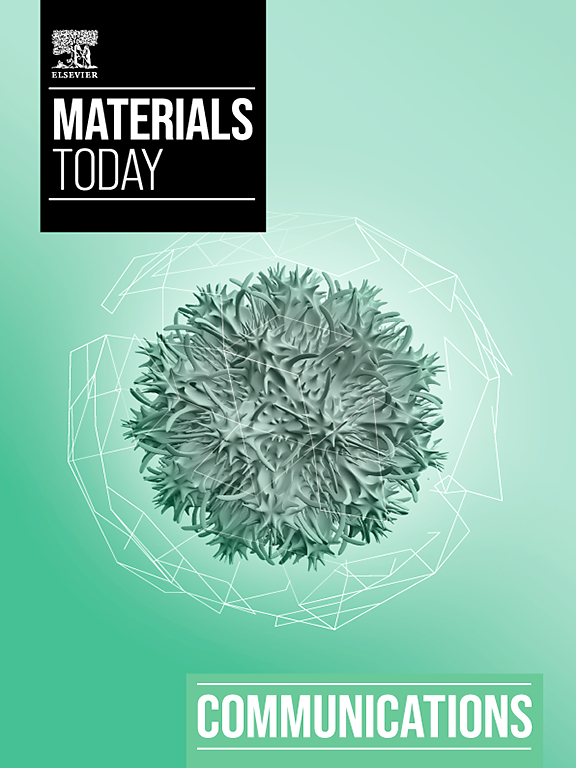Effect of strain ratio and pre-strain on the low-cycle fatigue behavior of 4130X steel at different strain amplitudes
IF 4.5
3区 材料科学
Q2 MATERIALS SCIENCE, MULTIDISCIPLINARY
引用次数: 0
Abstract
This study investigates the impacts of strain ratio and pre-strain on the low-cycle fatigue properties and microscopic damage mechanisms of 4130X steel across varying strain amplitudes. Under symmetric loading, initial cycles at low strain amplitudes demonstrate clear peak/valley stress hardening followed by cyclic softening in later stages of fatigue. In contrast, the hardening behavior vanishes at higher strain amplitudes. Increasing strain ratio and pre-strain cause the initial hardening behavior at low strain amplitudes to gradually disappear. Additionally, at lower strain amplitudes, fatigue life decreases as strain ratio and pre-strain rise, attributed to substantial tensile mean stress. Microscopic examination reveals that symmetric cyclic loading at low strain amplitudes releases stress concentrations caused by quenched and tempered processing and reduces both dislocation density and localized plastic strain. Conversely, at higher strain ratios and pre-strains, increased tensile mean stresses not only intensify dislocation multiplication, resulting in high dislocation density, but also activate multi-slip system, leading to dislocation cross-slip. Moreover, at a high strain amplitude of 0.45 %, pre-strain aids in martensite recovery and promotes dislocation annihilation during recovery, thus inducing cyclic softening. Finally, the fatigue lives under varied loading conditions are compared with the fatigue design curve prescribed by ASME VIII-II code.应变比和预应变对不同应变振幅下 4130X 钢低循环疲劳行为的影响
本研究探讨了应变比和预应变对不同应变幅值下 4130X 钢的低循环疲劳特性和微观损伤机制的影响。在对称加载条件下,低应变幅值的初始循环表现出明显的峰值/谷值应力硬化,随后在疲劳后期出现循环软化。相反,在较高应变幅值下,硬化行为消失。应变比和预应变的增加会导致低应变振幅下的初始硬化行为逐渐消失。此外,在较低的应变振幅下,疲劳寿命会随着应变比和预应变的增加而缩短,这归因于大量的拉伸平均应力。显微镜检查显示,低应变振幅下的对称循环加载释放了淬火和回火加工过程中产生的应力集中,降低了位错密度和局部塑性应变。相反,在较高的应变比率和预应变下,拉伸平均应力的增加不仅加剧了位错倍增,导致高位错密度,还激活了多滑移系统,导致位错交叉滑移。此外,在 0.45 % 的高应变振幅下,预应变有助于马氏体恢复,并在恢复过程中促进差排湮灭,从而诱发循环软化。最后,将不同加载条件下的疲劳寿命与 ASME VIII-II 规范规定的疲劳设计曲线进行了比较。
本文章由计算机程序翻译,如有差异,请以英文原文为准。
求助全文
约1分钟内获得全文
求助全文
来源期刊

Materials Today Communications
Materials Science-General Materials Science
CiteScore
5.20
自引率
5.30%
发文量
1783
审稿时长
51 days
期刊介绍:
Materials Today Communications is a primary research journal covering all areas of materials science. The journal offers the materials community an innovative, efficient and flexible route for the publication of original research which has not found the right home on first submission.
 求助内容:
求助内容: 应助结果提醒方式:
应助结果提醒方式:


